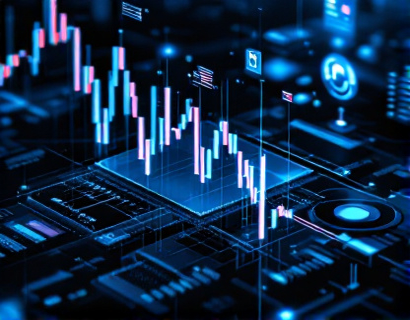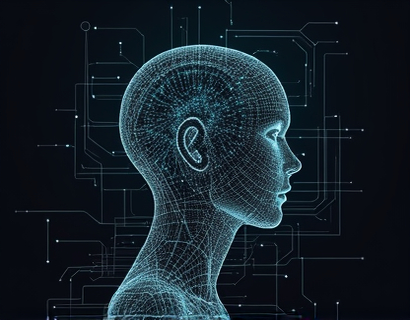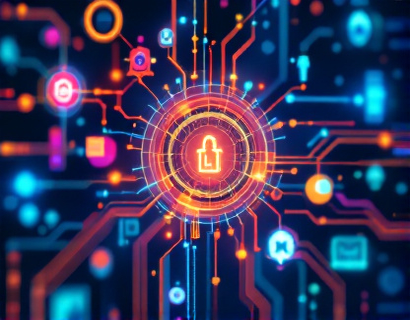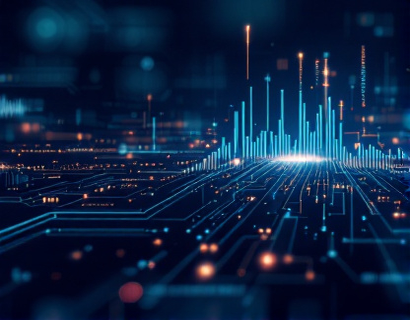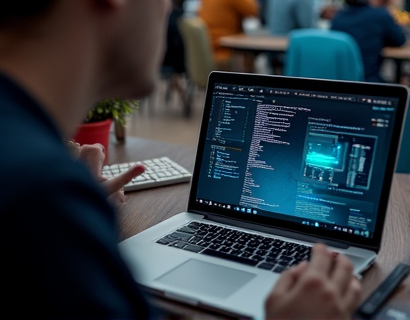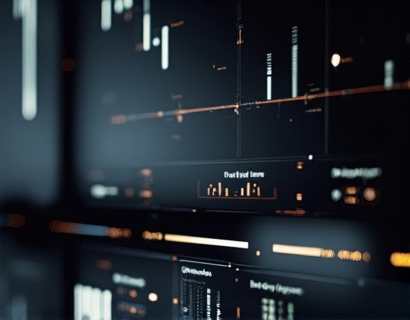Ethereum Layer 2: 2025 Insights for Developers and Enthusiasts on Scalability and Interoperability
As the Ethereum ecosystem continues to evolve, Layer 2 solutions have emerged as a critical component in addressing scalability and interoperability challenges. This comprehensive guide aims to provide developers and enthusiasts with essential insights and updates on the latest Layer 2 technologies, helping them navigate the dynamic and rapidly changing landscape of Ethereum.
Layer 2 solutions are designed to enhance the performance of the Ethereum network by processing transactions off the main chain, thereby reducing congestion and lowering transaction fees. These solutions include state channels, sidechains, and rollups, each with its unique approach and benefits. Understanding the intricacies of these technologies is crucial for anyone looking to stay ahead in the Ethereum ecosystem.
Understanding Rollups
Rollups are one of the most promising Layer 2 solutions, offering significant improvements in scalability and cost efficiency. There are two main types of rollups: Optimistic Rollups and ZK Rollups.
Optimistic Rollups bundle multiple transactions into a single transaction on the main Ethereum chain, assuming all transactions are valid. If any transaction is found to be invalid, the rollup can be challenged, and the fraudulent transaction is reversed. This approach significantly reduces the load on the main chain while maintaining security through a challenge period.
ZK Rollups, on the other hand, use zero-knowledge proofs to bundle and verify transactions off-chain. These proofs ensure that all transactions are valid without revealing the transaction details, providing a higher level of privacy and security. ZK Rollups are generally more complex but offer faster finality and lower fees compared to Optimistic Rollups.
Both types of rollups have gained traction in the Ethereum community, with several projects and platforms already implementing them. For developers, understanding the differences and choosing the right type of rollup for a specific use case is essential for optimizing performance and cost.
State Channels: A Closer Look
State channels are another Layer 2 solution that enables multiple transactions to occur off the main chain, with the final state being submitted to the Ethereum network. This method is particularly useful for applications requiring high throughput and low latency, such as gaming and decentralized finance (DeFi) protocols.
In a state channel, participants open a channel by depositing funds into a smart contract. Transactions are then executed off-chain, and the final state is locked and submitted to the main chain once the channel is closed. This approach minimizes gas costs and speeds up transaction processing.
For developers, implementing state channels involves managing channel state, handling arbitration in case of disputes, and ensuring security. Libraries and frameworks are available to simplify this process, but a solid understanding of the underlying mechanics is necessary to build robust and secure applications.
Interoperability: Bridging the Gap
Interoperability is a key aspect of the Ethereum ecosystem, enabling different blockchain networks to communicate and transfer assets seamlessly. Layer 2 solutions play a crucial role in enhancing interoperability, allowing for more complex and interconnected decentralized applications (dApps).
Cross-Link protocols such as Polygon and Binance Smart Chain (BSC) provide bridges that connect Ethereum to other blockchains, facilitating asset transfer and data exchange. These bridges often utilize Layer 2 technologies to ensure efficiency and cost-effectiveness.
For developers, understanding interoperability protocols and integrating them into applications can open up new opportunities and user bases. However, it also requires careful consideration of security, compatibility, and governance issues across different chains.
Current Trends and Developments
The Layer 2 space is rapidly evolving, with several trends and developments worth noting in 2025. One significant trend is the increasing adoption of ZK Rollups, driven by their superior performance and privacy features. Projects like Arbitrum and Optimism are leading the way in ZK Rollup implementation, attracting major DeFi and NFT platforms.
Another trend is the growth of hybrid solutions that combine multiple Layer 2 techniques to leverage their respective strengths. For example, combining rollups with sidechains can offer both scalability and interoperability benefits.
Moreover, the Ethereum 2.0 upgrade, particularly the shift to a proof-of-stake (PoS) consensus mechanism, is expected to further enhance the network's scalability and security. Layer 2 solutions will play a vital role in maximizing the benefits of Ethereum 2.0, making it an exciting time for developers and enthusiasts.
Best Practices for Developers
For developers looking to implement Layer 2 solutions, several best practices can ensure success:
- Understand the use case: Choose the right Layer 2 solution based on the specific requirements of your application, considering factors like throughput, latency, and security.
- Stay updated: The Layer 2 space is fast-paced, with frequent updates and new developments. Regularly review documentation, participate in communities, and attend conferences to stay informed.
- Security first: Implement robust security measures, especially when dealing with off-chain state and cross-chain bridges. Conduct thorough audits and testing to identify and mitigate potential vulnerabilities.
- Use established libraries: Leverage well-maintained libraries and frameworks to simplify the development process and reduce the risk of errors.
- Community engagement: Engage with the developer community to share knowledge, get feedback, and collaborate on projects. This can lead to better solutions and a stronger ecosystem.
Future Outlook
Looking ahead, the Layer 2 ecosystem is poised for significant growth and innovation. As more developers and projects adopt these solutions, we can expect increased standardization, improved user experiences, and new use cases emerging.
Interoperability will continue to be a focal point, with efforts to create a more unified and seamless experience across different blockchains. The integration of Layer 2 solutions with emerging technologies like Web3 and the Metaverse will also drive new opportunities and challenges.
For enthusiasts, staying curious and open to learning new technologies will be key to thriving in this dynamic environment. The Ethereum ecosystem's commitment to innovation ensures that there will always be new frontiers to explore and contribute to.




